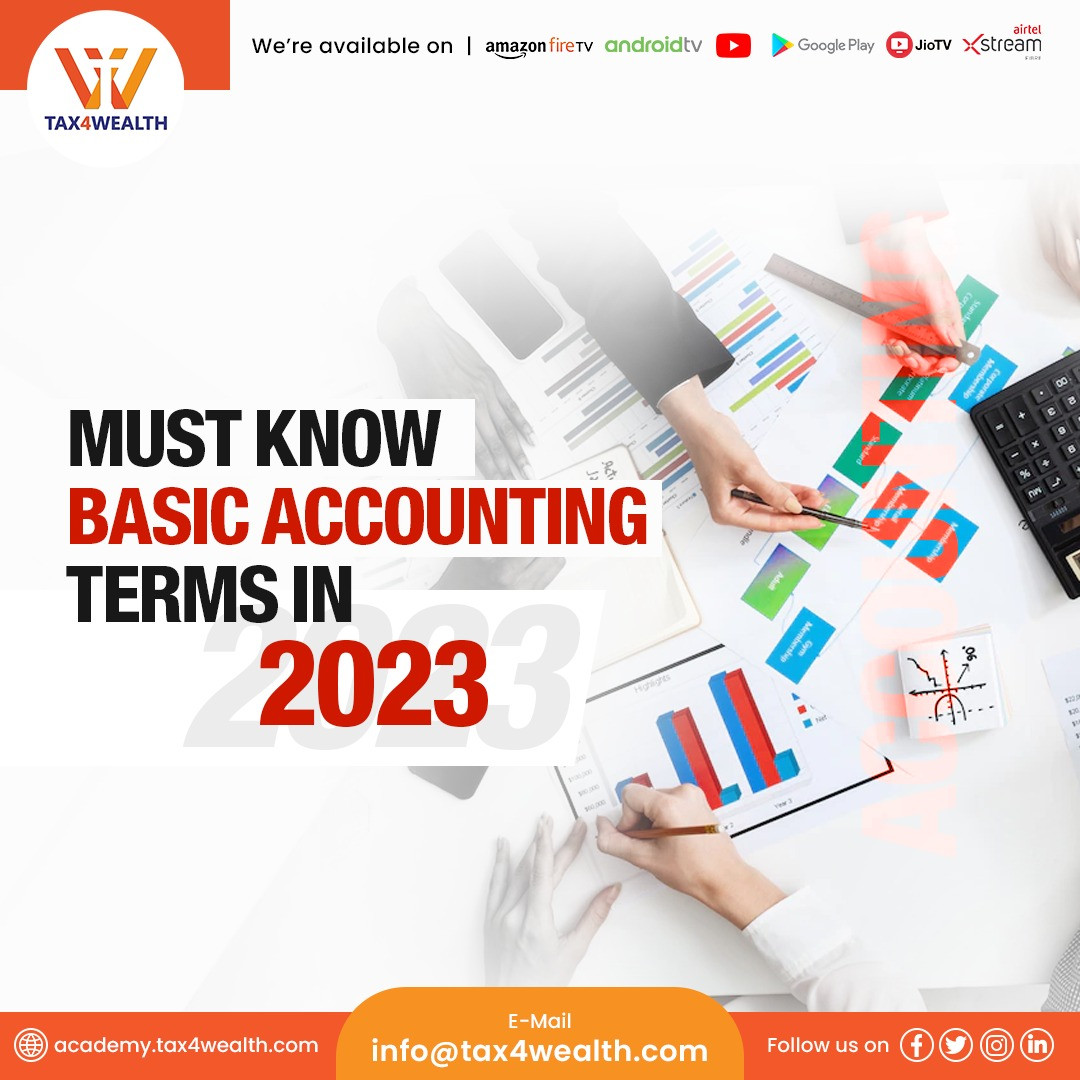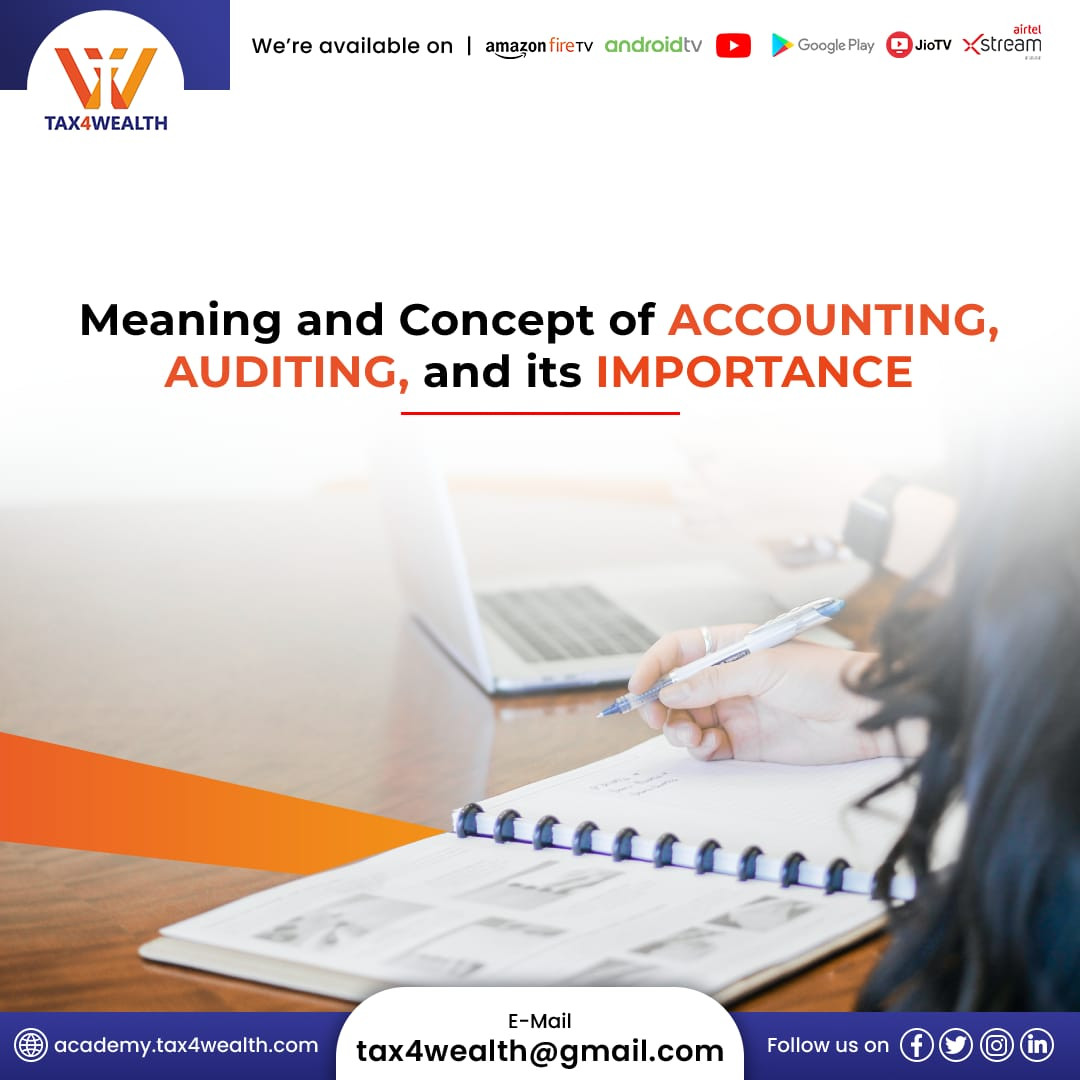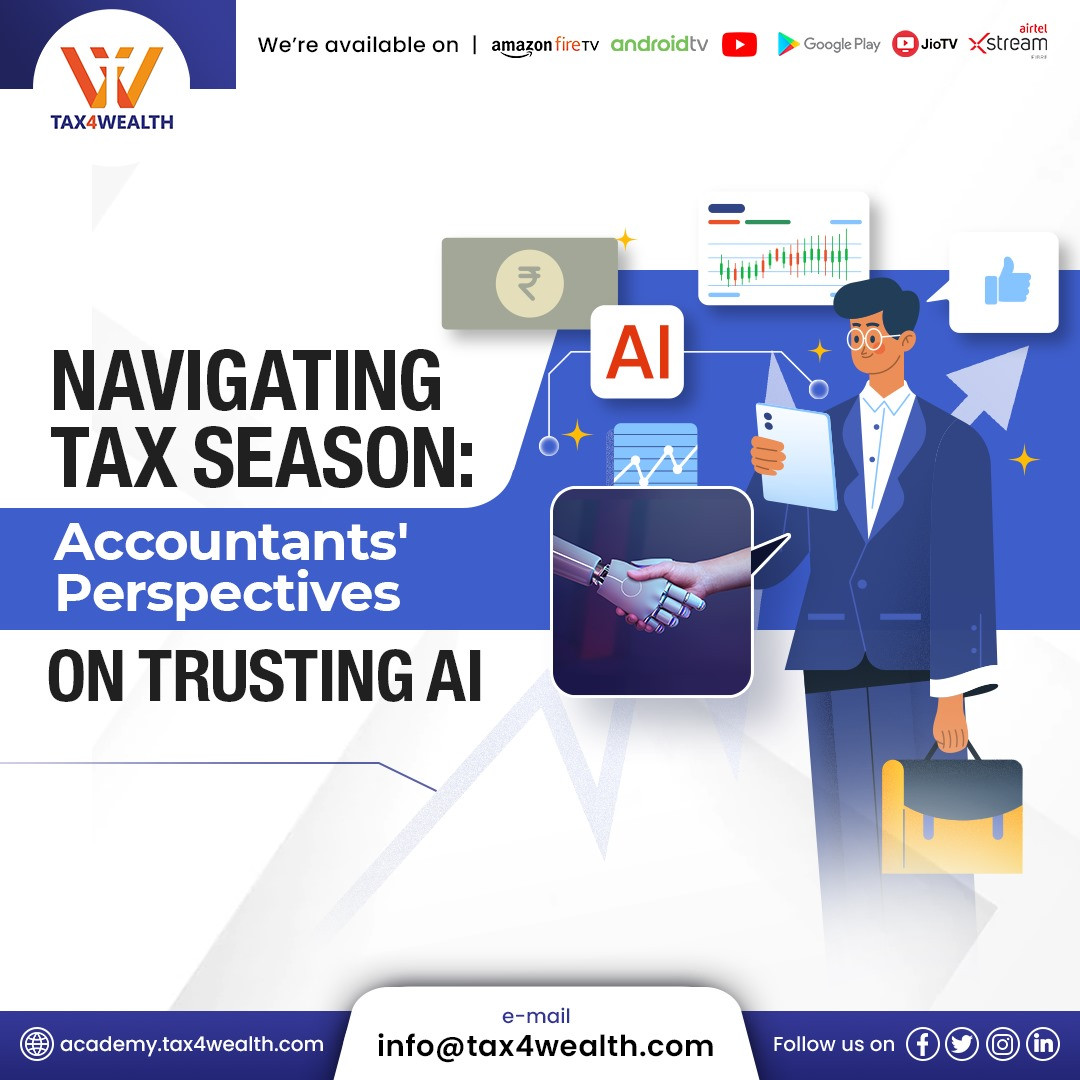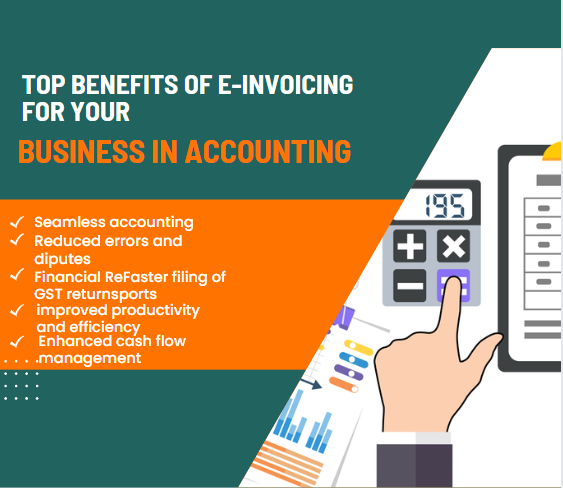
Must Know Basic Accounting Terms in 2023
To understand the basic accounting terms in 2023, you must be familiar with the fundamental accounting terms. You will learn nearly all of the fundamental definitions required when studying accounts from Academy Tax4wealth.
Do you know what factors investors consider most important when making a company investment? They are the ‘account”. Accounting provides interested parties with pertinent and necessary economic data.
Here, we’ve covered key ideas and fundamentals of basic accounting phrases that are necessary to fully comprehend accounting. Let’s begin discussing the definition of accounting.
Accounting:
Identification, measurement, and communication of economic data are all aspects of accounting that help users make wise decisions.
Let's now review some fundamental accounting terms.
1. Accounting Period:
The period covered by an operation or financial statement is known as an accounting period. Calendar years, fiscal years, and three-month calendar quarters are typical accounting timescales. Some businesses also employ monthly timeframes. One accounting cycle is covered by one accounting quarter. Basic accounting cycle is an eight-step process used by accountants to monitor transactions over a specific period.
Also, read: How to Have a Successful Career in Accounting
2. Assets:
Assets are the financial resources that a company possesses or manages. It can be divided into two categories according to duration: current assets and fixed assets.
The company's short-term resources are its current assets. They are expected to be transformed into cash or cash equivalents, account receivables, inventories, other pre-paid expenses, etc. within one year.
Fixed assets, often known as non-current assets, include things like machinery, plants, land, buildings, etc.
3. Liabilities:
Liabilities are the sum of a company's debts to others. Liabilities include things like debt instruments (bonds), unreimbursed expenses, loans, and creditors. They can be classified as current or non-current, and are then arranged into balance sheets and other accounts based on their categorization.
- As an illustration, a present liability must be settled within a year.
- A 15-year mortgage is an example of a non-current liability for a company.
4. Account Payable:
Refer to Accounts Payable when a business acquires products on credit that must be paid for quickly. It falls under the head's current obligations because it is a liability. A short-term debt payment called accounts payable must be made to stay in good standing.
5. Account Receivable:
Accounts receivable refers to the funds that a company will receive from customers who utilised credit to purchase its goods and services (AR). In exceptional circumstances, the loan period is frequently short, lasting only a few days to many months or even a full year.
6. Capital:
Capital is the sum that the business owner has contributed to it in cash, kind, or any other asset. Another name for it is owner equity. When owners invest in or withdraw money or other assets from the company, as well as when the company makes money from productive operations or loses money from unprofitable ones, there is a change in capital, also known as owners' equity.
7. Balance Sheet:
A balance sheet is a type of financial statement that shows the assets and liabilities of a firm as of a specific date. It resembles a snapshot of a company's liabilities and assets, along with any loans or equity the company might have. Different balance sheet formats, such as classified, common size, comparative, and vertical balance sheets, are available to accountants. Each format presents data as a list of line items that, when added together, show the financial health of the organization.
8. Debit (Dr):
A debit is an accounting entry that shows either a rise in assets or a fall in liabilities on a company's balance sheet or in other accounts.
9. Credit (Cr):
An accounting entry that could change the balance sheet of the corporation by increasing liabilities and equity or decreasing assets, depending on the transaction.
10. Working Capital:
The money you have on hand to meet your urgent, short-term needs is known as working capital. If you want to make sure your working capital is working for you, figure out your current levels, forecast your future needs, and consider techniques to always have enough cash on hand.
Current Assets - Current Liabilities = Working Capital.
11. Retained income
Retained earnings are a company's profits that remain after all of its costs for a certain accounting period have been paid (or surplus earnings). It includes all out-of-pocket expenses, both direct and indirect, such as taxes owed, dividends paid, and sold items. When retained earnings (RE) are positive, the company's equity increases. To encourage potential future growth, the corporation might reinvest these shares.
Also, read; Top Reasons Why Accounting is a Great Career Choice
12. Accruals/Receipts:
Revenues and expenses that a business recognizes but still needs to report in its financial accounts are known as accruals (ACCR). Through definition, accruals happen before the transaction is completed by currency exchange.
Imagine that a company hired a consultant from outside the company and added the fee to its accruals. Whether or whether the consultant sent an invoice to the business, they would still record this charge. A couple of instances of accrual types are accounts payable and receivable. Others consist of accrued and accrued expenses, which are incurred for a certain accounting period but not yet paid.
13. Income Statement:
The income statement, also known as the income and expenditure or profit and loss account, shows the company's revenues, costs, and profit for a specific accounting year. It provides a detailed overview of a business's profitability throughout that particular accounting year.
Revenue minus expenses equal profit or loss.
14. Cost of Goods Sold:
The phrase "cost of goods sold" (COGS) refers to all outlays a company incurs when creating a product or providing a service. The three cost types associated with products are materials, labor, and overhead. Services come with a price tag that includes employee compensation as well as equipment and supplies. Accountants occasionally use the alternative term "cost of sales." The basic formula used by accountants to calculate COGS throughout a certain accounting period is as follows: Purchases plus initial inventory less ending inventory.
15. Generally Accepted Accounting Principles (GAAP):
A GAAP is a set of rules and recommendations developed by the accounting industry for companies to follow when reporting financial data. All companies with publicly traded stock are required to follow these rules.
16. Depreciation:
Depreciation is the gradual loss in value of a company's equipment and other assets over time as a result of use or obsolescence.
In India, there are typically three depreciation methods used.
- Straight-line approach
- The diminishing value approaches
- Production unit method
17. Income Statement (Profit and Loss):
The income statement is a type of financial statement that shows the revenues, expenses, and earnings for a particular period (sometimes known as a profit and loss or P&L). The revenue collected is shown at the top of the report, and various expenses are subtracted from it until all costs are included; the result is net income.
18. Cash Flow Statement:
The entry and outflow of cash within a company are referred to as "cash flow." By deducting the Beginning Cash Balance from the Ending Cash Balance, one can determine the Net Cash Flow for a given period. A positive number indicates that more money entered the business than left it, whilst a negative number indicates the opposite.
19. Dual Aspect Concept:
Every transaction or occurrence, according to this, has two sides. A transaction has such an effect that the accounting equation:
Assets always equal Liabilities plus Owners' Capital.
20. Entity Concept:
As a concept, it separates the commercial affairs of the owners from their personal affairs. It specifies that the company and its owner are two distinct entities.
Conclusion tax
To understand basic accounting terms in 2023, you must be familiar with basic accounting terminology. We have covered practically every basic definition and meaning that a beginner interested in accounting should be aware of. For job guaranteed courses in accounting you can also visit the Academy Tax4wealth website.
Related News
No comments yet, Be the first to comment.













